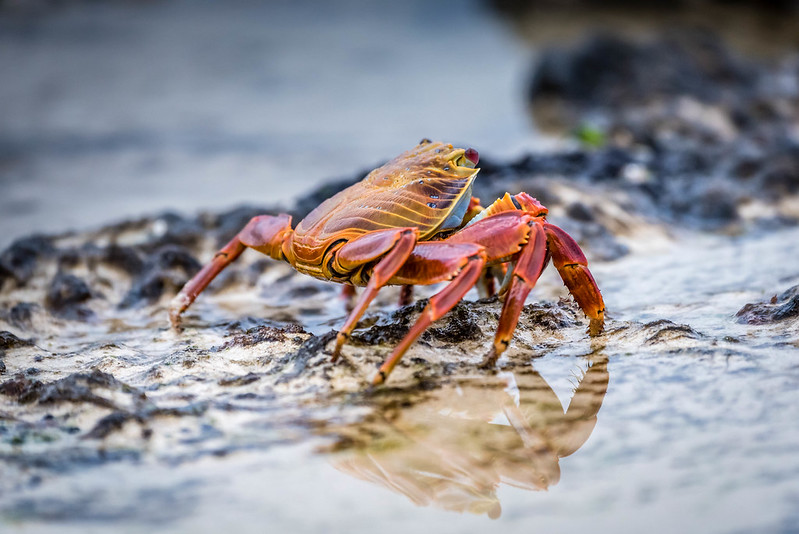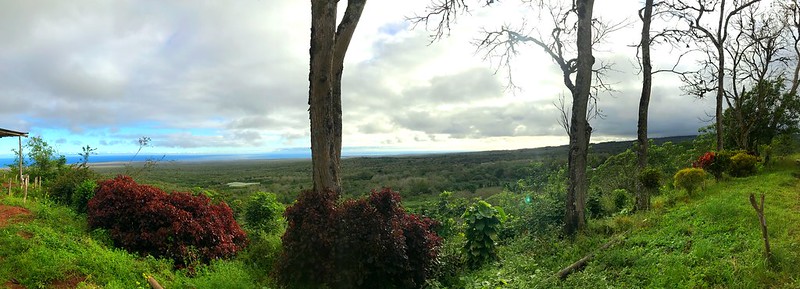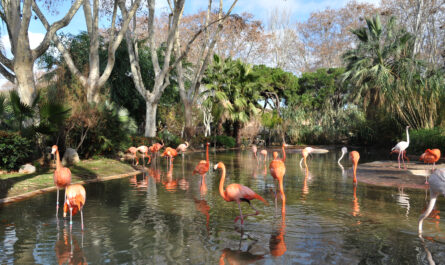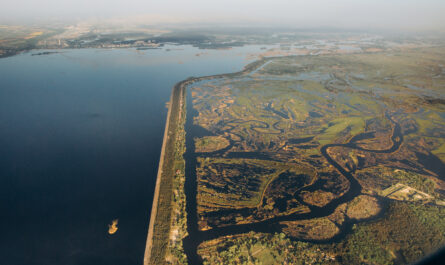The Galápagos Islands, an archipelago located about 600 miles off the coast of Ecuador, hold a unique place in the history of science as the birthplace of Charles Darwin’s Theory of Evolution by Natural Selection. These remote islands, with their diverse and unique wildlife, provided Darwin with crucial insights that shaped one of the most transformative ideas in the history of biology.
1. Darwin’s Voyage on the HMS Beagle
In 1835, Charles Darwin arrived at the Galápagos Islands during his five-year journey aboard the HMS Beagle. The young naturalist spent five weeks exploring the islands, collecting specimens, and making observations of the plants, animals, and geological formations. It was here that he observed the variation in species from one island to another, particularly among the finches and giant tortoises, which would later play a pivotal role in his development of the theory of evolution.
The Galápagos finches, often referred to as Darwin’s finches, exhibited variations in their beak shapes and sizes, which appeared to be adapted to the different food sources available on each island. This led Darwin to contemplate how species might change over time in response to their environment, eventually formulating the idea that species evolve through natural selection.
2. The Unique Biodiversity of the Galápagos
The Galápagos Islands are renowned for their extraordinary biodiversity and the high level of endemic species, which means that many of the plants and animals found there are unique to the islands. Some of the most iconic species include the marine iguana, the only lizard in the world adapted to life in the sea; the Galápagos giant tortoise, which can live for over 100 years; and the blue-footed booby, a bird famous for its colorful feet and unique mating dance.
This isolation, combined with the islands’ varying environments, has made the Galápagos a natural laboratory for studying evolutionary processes. The differences between species on each island demonstrated to Darwin that organisms could diversify and adapt to new conditions over generations, providing a tangible example of adaptive radiation.

3. Evolutionary Insights: Natural Selection
Darwin’s observations in the Galápagos played a critical role in his formulation of natural selection. This theory posits that species evolve over time as individuals with traits better suited to their environment are more likely to survive and reproduce. Over many generations, these beneficial traits become more common, leading to the evolution of new species.
For example, Darwin’s finches, which had adapted beaks to feed on different types of seeds, insects, and fruit, demonstrated how species could diverge and evolve depending on their habitat. This observation helped Darwin realize that the finches shared a common ancestor but had evolved different characteristics to survive on the islands.
4. The Galápagos Today: A Living Laboratory
The Galápagos Islands continue to be a site of scientific research and conservation efforts. The islands are recognized as a UNESCO World Heritage Site, and ongoing studies of the wildlife, ecosystems, and geology help scientists better understand the process of evolution and biodiversity. Researchers continue to study how the species of the Galápagos adapt to changes in their environment, including the effects of climate change and human activity.
Today, the Charles Darwin Foundation and the Galápagos National Park work to preserve the fragile ecosystems of the islands while supporting research that builds on Darwin’s groundbreaking work.
Conclusion
The Galápagos Islands played a pivotal role in the development of Darwin’s Theory of Evolution, a theory that revolutionized biology and our understanding of life on Earth. Through his observations of the islands’ unique species, Darwin gained invaluable insights into the process of natural selection, helping to explain how life evolves over time. The Galápagos remain a symbol of natural wonder, scientific discovery, and the enduring legacy of Darwin’s work.



